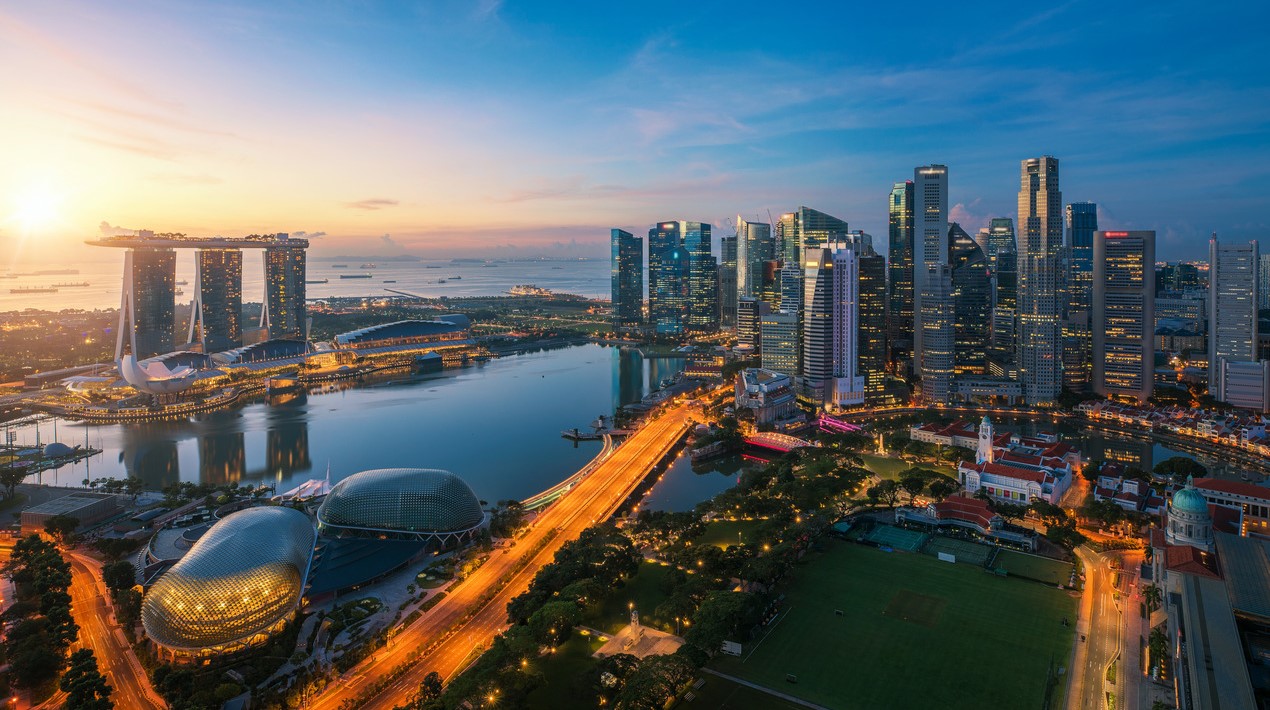
People in Indonesia are turning to digital services during the COVID-19 pandemic, one of which is non-cash payments. Financial technology (fintech) payments companies saw a 267% increase in the number of users.
Growth marketing experts of these companies said the number of users in Indonesia was more than 10 million per month during the fourth quarter of 2020. Companies recorded an increase in the number of users. According to them, there is a substantial addition of new users throughout 2020.
In total, the application for a specific fintech service is already used on 115 million devices. They believed that the number of users increased because people switched to digital services during the pandemic. They also recorded an increase in the number of partner merchants by 95% on an annual basis (year on year/YOY) last year.
As digital payment platforms, these fintech companies encourage MSME players to digitise, especially adopting digital payment methods. They said that their companies saw that there was a great potential for MSME players to enter the digital realm.
These companies also revealed that the efforts they made are in line with the targets of the Ministry of Cooperatives and SMEs. The Ministry is targeting 30 million MSMEs to enter the digital market by 2023.
Accordingly, an Indonesian bank’s research team conducted a survey involving more than 500 respondents in Java, including Jakarta and several small regions outside Java, entitled “Indonesia Consumption Basket”. The survey found that the number of e-commerce customers in Indonesia rose to 66% after the COVID-19 pandemic hit the country as a direct impact of the Large-scale Social Restrictions (PSBB). On top of that, since 2019, 90% of internet users in Indonesia have made purchases via e-commerce platforms, making Indonesia the country with the highest rate of e-commerce use in Southeast Asia.
The survey also revealed that online shopping increased by about 14% while conventional shopping fell significantly by 24% since the pandemic. Before the pandemic, 72% of respondents chose conventional shopping over online shopping. According to a report, Indonesia’s e-commerce Gross Marketing Value (GMV) increased to US$10 billion in the second quarter of 2020 as people switched to online platforms to buy daily needs such as health and beauty products, groceries, and fast-moving consumer goods (FMCG). This has also caused activities in traditional markets to plunge to 30% from 52%.
The high interest in online shopping has not only benefited large companies that sell their products via e-commerce platforms but has also supported the growth of MSMEs. By purchasing MSME products online, people meet their daily needs while maintaining economic sustainability as well as social distancing during the pandemic.
Although the number of e-commerce shoppers rose sharply during the pandemic, Indonesia’s e-commerce has evolved and stood out in Southeast Asia even before the COVID-19 pandemic and served as one of the most prominent driving forces of national economic growth. The Gross Market Value (GMV) of Indonesia’s e-commerce stood at US$21 billion in 2019 and is expected to hit the US$40 billion mark by 2022.
Furthermore, to support the growth of e-commerce in Indonesia, the government has strengthened internet networks in all regions across the country. Minister of National Planning and Development Bambang Brodjenegoro said in the annual Organisation for Economic Co-Operation and Development (OECD) Ministerial Meeting that the Indonesian government continued to improve communication and information technology services for internet users in Indonesia to increase economic productivity and open new job opportunities.
















